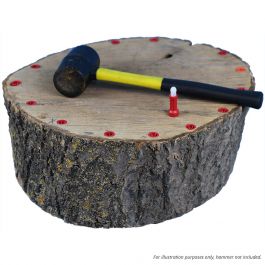flushcut
TreeHouser
Howdy, so the title says it all for the most part. What do all y’all like for cut stump treatments?
In general we will just tear out the offending vegetation and haven’t used any chemicals in a long time but have a job that we can’t do that. For what ever reason is beyond my understanding of the HO mind but alas there it is.
In general we will just tear out the offending vegetation and haven’t used any chemicals in a long time but have a job that we can’t do that. For what ever reason is beyond my understanding of the HO mind but alas there it is.


